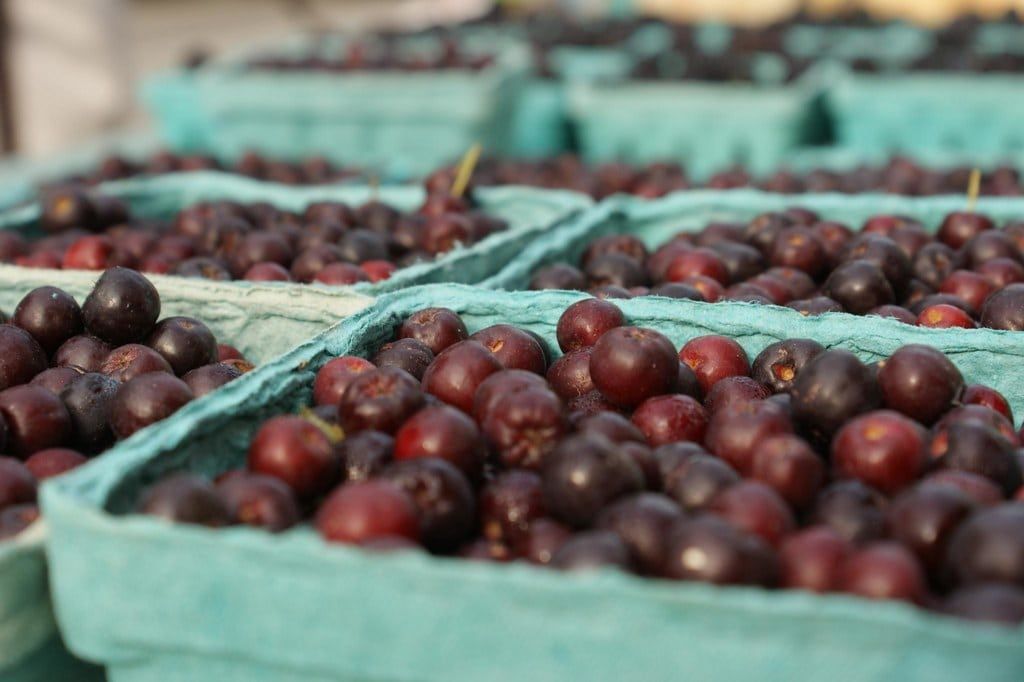News


Australian agriculture needs to attract a significantly bigger amount of annual capital investment in order to reach the National Farmers’ Federation target of AUD$100 billion in farm gate value by 2030.
That’s according to a new report released by Agrifutures Australia last month which included data modelled by economists to show the impact of investment levels on the output of agriculture.
The report showed that the industry needs to attract an additional $7.5 billion in annual funding over the next ten years. Currently, annual investments in agriculture total around $1.2 billion.
AgriFutures Australia General Manager Jennifer Medway said that farmers need access to additional funds in order to be able to maintain the level of innovation required to drive productivity and profitability.
“Stakeholders told us that the missing piece of the puzzle to achieving the $100 billion goal was understanding the capital needed to support growth.”
In understanding the roadblocks facing investors, the report details a number of strategies that would facilitate more interest in the industry.
One key issue is the absence of timely and relevant information to help investors assess investment options. This was the case across business-specific opportunities, sectors and the industry as a whole.
“Without quality data, such as industry performance benchmarks, available in a timely manner, investors struggle to see the merits of investment,” said Jim Binney, Director of Natural Capital Economics and an author of the report.
“In a competitive market, agriculture needs to demonstrate an attractive risk adjusted rate of return.”
“Individuals need to work together to provide consolidated sector and industry level data essential for investment analysis. Clearly industry associations and organisations such as ABARES also have a pivotal role in collecting and reporting this information.”
Access to information was also one of the issues highlighted for farmers, who need to be able to compare the performance of their business against other enterprises in the same sector.
The report – Capital requirements of Australia’s agriculture, fisheries and forestry sector – included a number of recommendations to attract more investment to the industry including the availability of better data, clearer guidelines around foreign investment and more diversity in investment formats.
“Over time if these recommendations are implemented, farmers’ options for sources of investment capital should broaden from the current reliance on loans and their own equity to also include investment from other sources,” added Mr Binney.
What do new forms of investment look like?
While farmers generally rely on fairly traditional forms of investment – Ms Medway said that the sector needed to look at more innovative investment models.
“Our past reliance on increasing land values to fuel debt as a form of capital is unsustainable. To innovate and grow productive farm businesses, we need capital investment to drive agtech adoption and new ways of doing things.”
“There are alternative farm investment models such as leasing, share farming and corporate investment, however we need to continue development of new models that are accessible to all types of agricultural enterprises, including small family farms.”
Sources: AgriFutures Australia
Image: “2011 08 06 Farmers Market” by gmtbillings is licensed under CC BY 2.0
Get the latest industry updates
Contact Us
We will get back to you as soon as possible.
Please try again later.



